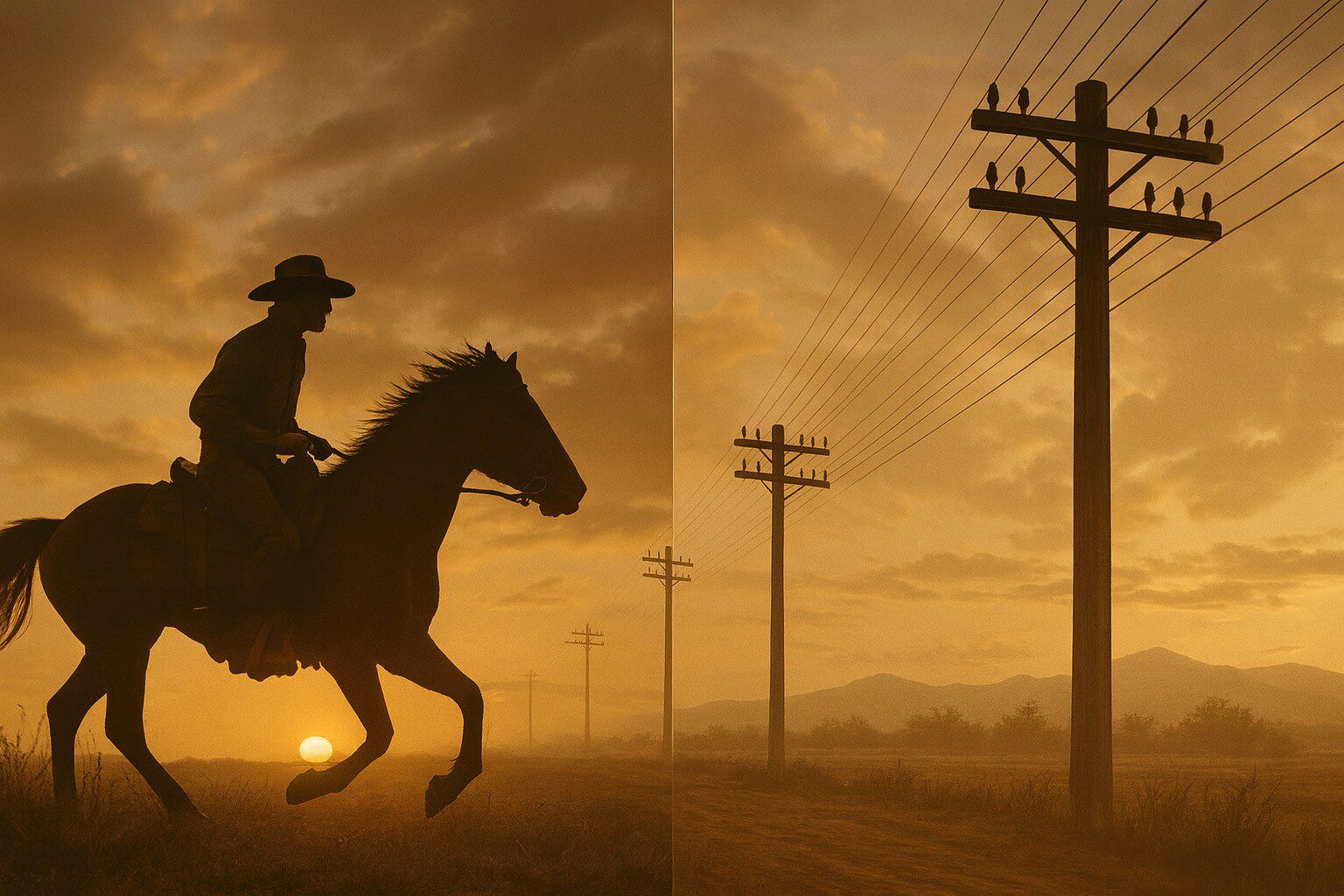In 1860, the Pony Express galloped onto the American frontier with a promise of speed and daring. Young riders carried mail in leather saddlebags across nearly two thousand miles, from Missouri to California, changing horses at relay stations along the way. Messages that once took weeks by stagecoach now arrived in a matter of days. For a brief moment, the Pony Express captured the imagination of a nation.
But its glory was short-lived. After just 18 months, the Pony Express shut down. Why? Because even as brave riders risked life and limb, another technology had already outpaced them. The telegraph had arrived. With wires strung from coast to coast, information could travel not in days, but in seconds. The Pony Express, though legendary, was suddenly obsolete.
There is a lesson here for every organization. Sometimes we pour ourselves into methods that feel bold, heroic, even indispensable. But if the method can’t keep up with the message, it won’t last. The Pony Express wasn’t a failure; it was simply overtaken by something more effective.
At Bark, we often meet companies that are still relying on their “Pony Express” — outdated tools, old habits, or fragmented systems of communication. Their message is good, but their methods keep it from reaching people. That’s where we come in. We help organizations embrace the right tools, the right strategy, and the right clarity so that their story can travel as far and fast as it needs to go.
The Pony Express may be gone, but its lesson remains: in the end, it’s not enough to carry the message; you must also choose the best way to deliver it.





